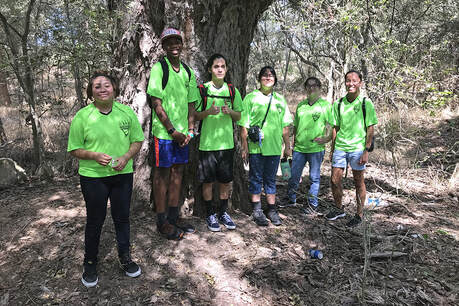
For our afternoon hike, we visited Hornsby Bend, a great place for birding. But instead of birds, we walked the River Trail, looking at the plants (the native chile pequin pepper plants were full of their spicy fruit), trees (it took four Pathfinders to reach around the trunk of one of the old Pecan trees), and the local animals - in this case numerous spiders, a walking stick, an armadillo and a tree frog, among others.
Lets start with the spiders. The Guide Class looks at spiders as part of their nature study, and though we have no current Pathfinders working on Guide, they are still fascinating to observe.
High up between two trees we saw a splendid and rather large Black and Yellow Garden Spider (Argiope aurantia). After seeing the conspicuous web, one Pathfinder wondered if the spider was too exposed to the birds, who may eat it. While we didn’t have an answer at the time, it does appear that the Argiopes are occasionally eaten by birds, though their primary predators are jumping spiders and wasps (but mostly when they are small). There is some speculation that the conspicuous pattern woven into the web (called the stabilimentum) is there in part to keep birds from accidentally flying through the web and damaging it. If that is the case, perhaps the spiders aren’t so afraid of being a meal for birds than they are of birds hurting the spider’s chance of catching a meal?
We also saw several examples of the Spiny-Backed Orb Weavers (Gasteracantha cancriformis), which are very common around here. Although they do come in several different color forms, nearly every one we saw was white. Because of their shape, and their scientific name (which includes the scientific word for crab) people often mistakenly call these orb weavers “crab spiders.” But the crab spiders are from an entirely different family of spiders (crab spiders are in the Family Thomisidae, Spiny-Backed Orb Weavers are in the Family Araneidae).
At the bird blind, we saw several long jawed orb weavers (infamous for their occasional mega webs), as well as a large male Bold Jumping Spider (Phidippus audax), with its metallic teal chelicerae (the part that holds the fangs). Texas has several different kinds of jumping spiders, all worth looking for.
Other interesting critters we encountered on the hike were a walking stick (in the order Phasmida, which comes from the Latin for “apparition,” and includes stick insects and leaf insects - mimics of plant parts), a Velvet Ant (Dasymutilla sp.), which is not an ant, but a wasp with a pretty distressing sting, and one of the instars (molt stages) of a Largus Bug (Largus sp.), which was shiny black with a single red spot on the abdomen.
We also came across a rather noisy but largely oblivious Nine-Banded Armadillo (Dasypus novemcinctus). Although the Armadillo is ubiquitous here in Central Texas (and the state's official small mammal), it only moved north into our area between 100-150 years ago, and continues to move further north into the United States. Like a little bulldozer, it was snuffling around in the leaf litter, seeking bugs, grubs, and perhaps a worm or two.
Thanks for joining us on our virtual retelling of our nature hike. We will have a report on the Investiture and other activities from the weekend shortly.
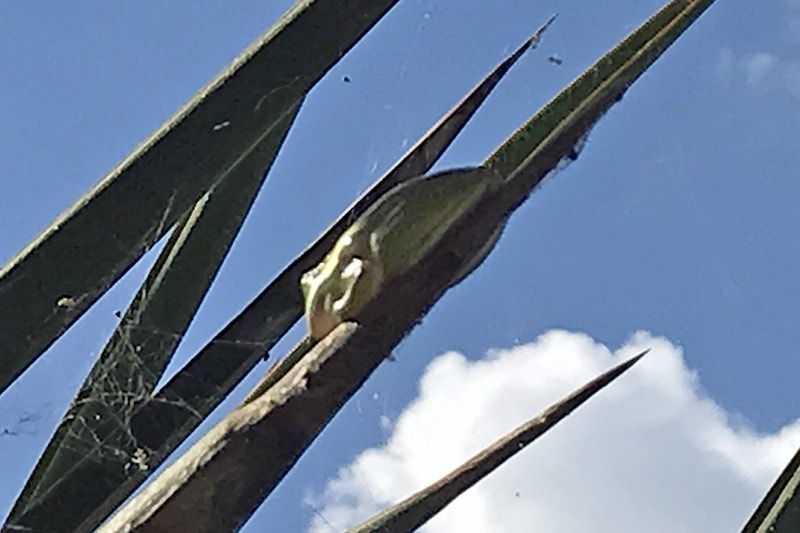
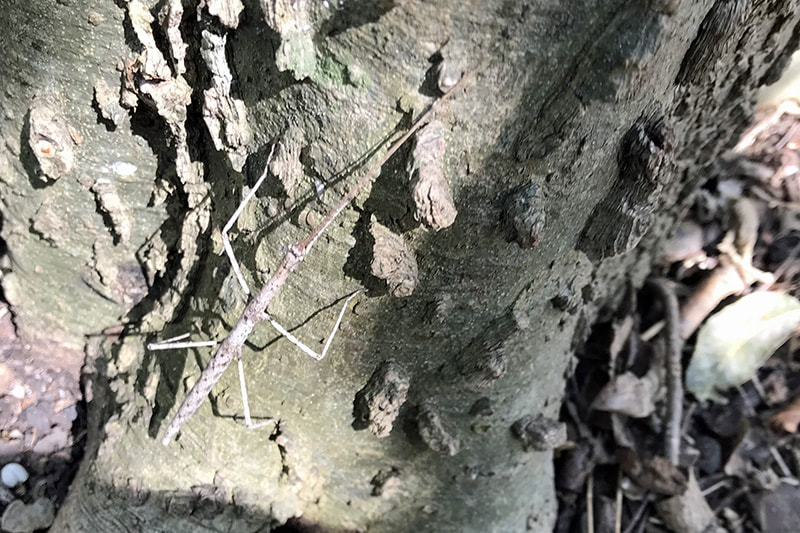
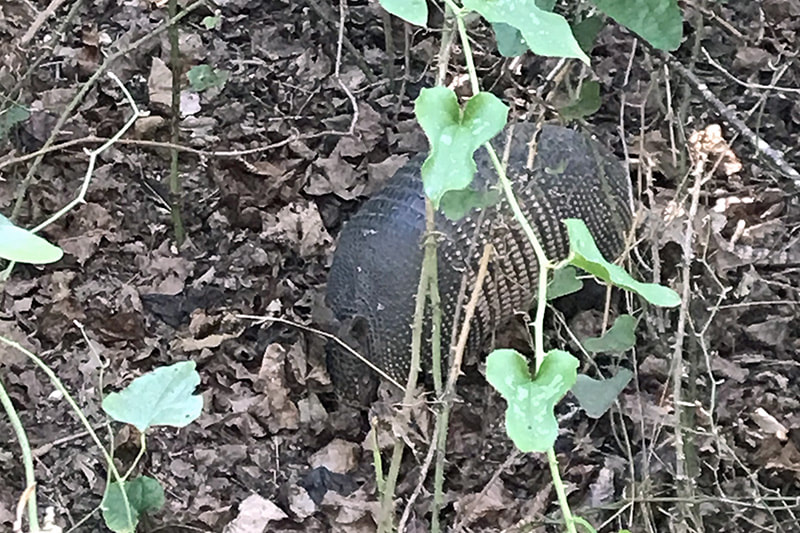
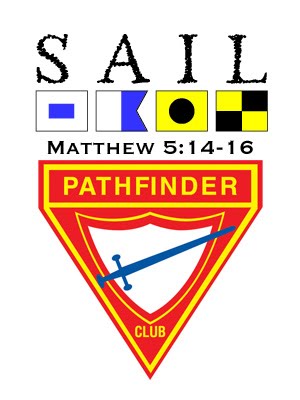
 RSS Feed
RSS Feed